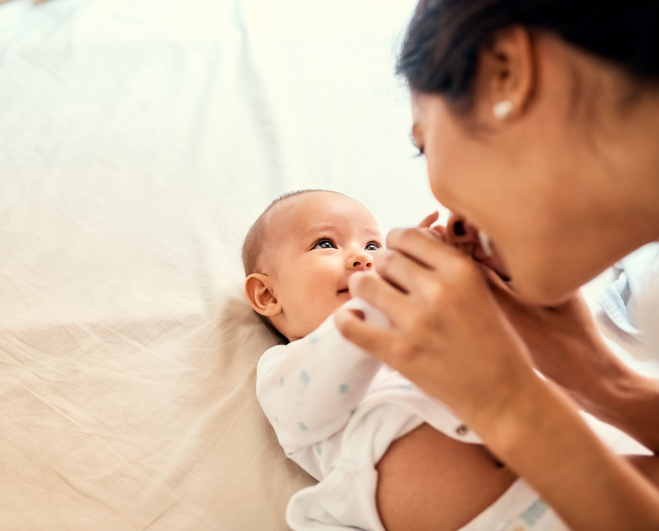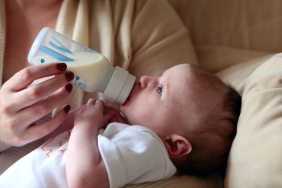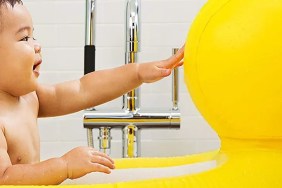How much do you know about newborn vision? Many people don’t realize that a child’s vision is limited in the first few months and years of their life. If you want to understand just how well your child can see, there are a few important stages of development to read about as your baby’s eyesight improves.…








